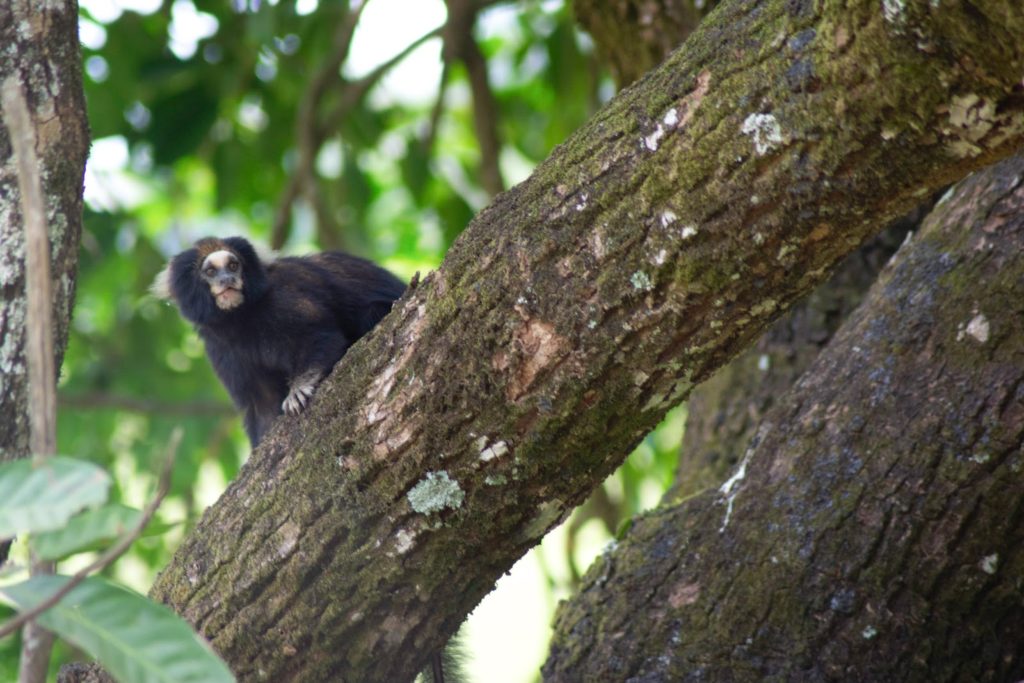The buffy tufted marmoset is listed amongst the top 25 most endangered primate species in the world by the International Union for Conservation of Nature (IUCN) due to the dizzying array of threats it faces in the wild. Non-profit the Mountain Marmoset Conservation Program is fighting hard to bring this charismatic species back from the brink of extinction.
—
Introducing the Buffy Tufted Mountain Marmoset
The buffy tufted marmoset (Callithrix aurita) is a monkey with a distinctly gothic appearance. It sports a thick black fur coat, long tapering clawed fingers, unruly bushy ear tufts, and a chalky-coloured face that resembles a Mexican Day of the Dead sugar candy skull. Its unique features inspire one of its local names of ‟sagui-caveirinha” or ‟little skull marmoset” in Portuguese.
This pint-sized primate, no bigger than a squirrel, is endemic to the Atlantic rainforest biome of South-Eastern Brazil where it inhabits the chilly higher-altitude mountains that sprawl across the states of São Paulo, Minas Gerais, and Rio de Janeiro giving the species its other common name of ‟sagui-da-serra escurro” or the ‟mountain marmoset”.
The buffy tufted marmoset lives in social groups that can number from between two and eight individuals and consist of a dominant breeding pair. Their juvenile offspring typically will remain in the family group until adulthood to assist their parents with the care of newborn infants.
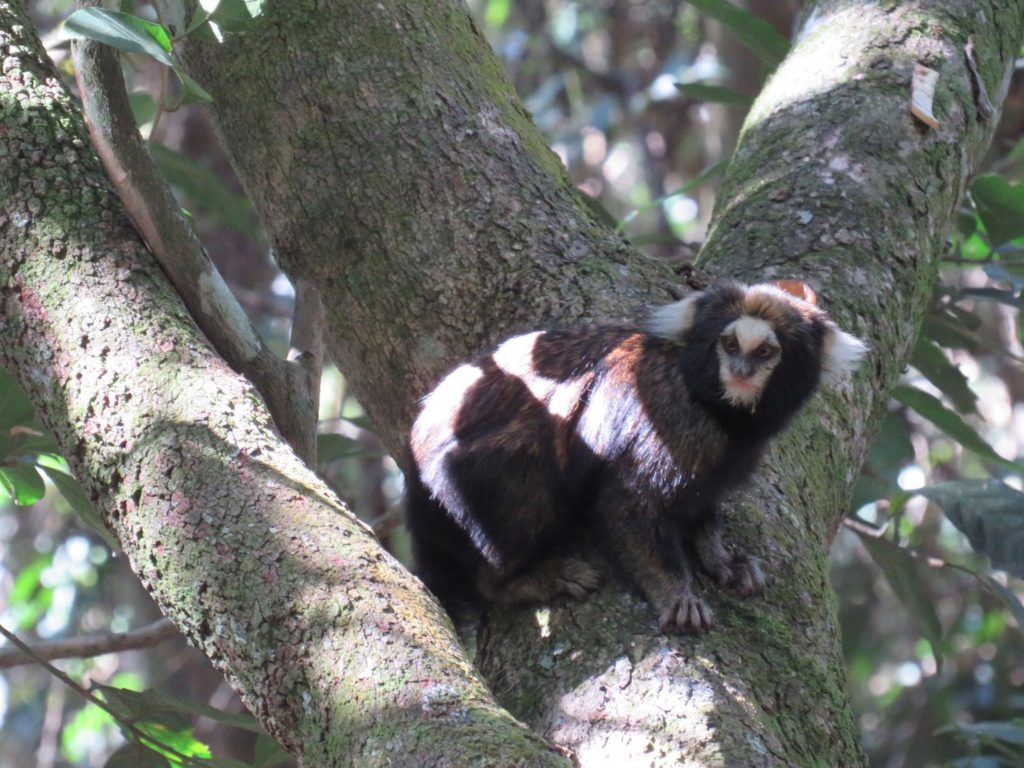
Marmosets are diurnal, meaning that they are active throughout much of the day and spend their time socialising, foraging for food in the treetops, and defending their territory from rival groups. At night, these monkeys will retreat to a communal tree hollow where they sleep out of sight of the many predators that stalk the forests after dark such as the ocelot and boa constrictor.
Buffy tufted marmoset are voracious hunters of insects that comprise the majority of their diet but will also feed on flowering plants, fruits, fungi, and even prey upon small reptiles, amphibians, and birds which they catch with their long claws before dispatching with a swift bite to the head.
Due to its diet, the marmoset is an important species in contributing to the health of the Atlantic rainforest. Through consuming several different kinds of fruits it helps to disperse seeds that eventually grow into trees and through its predation of insects the species helps to regulate insect populations.
A Blitzkrieg of Threats
A blitzkrieg of anthropogenic threats steadily heightens the risk of extinction of the buffy-tufted marmoset in the wild. In recent years, the marmoset has been classed as endangered and is listed amongst the world’s 25 most endangered primate species by the IUCN due to an estimated 50% decline over the past twenty years.
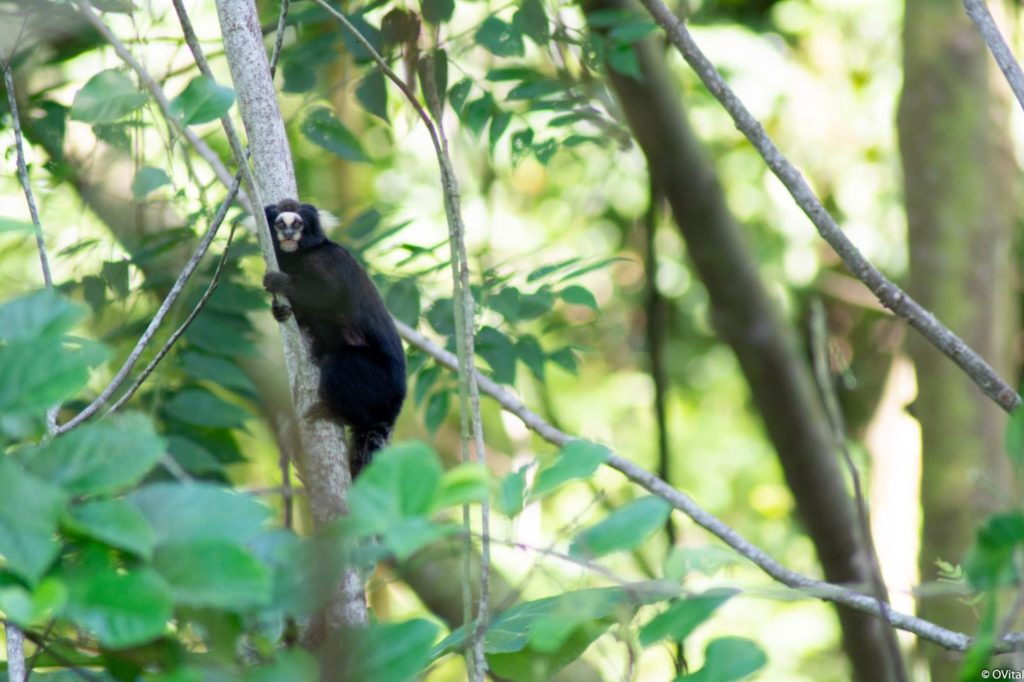
Habitat loss is inextricably linked to the decline of the marmoset with the Atlantic rainforest having historically lost approximately 80% of its vegetation due to urbanisation and deforestation for agricultural conversion for cattle pasture and monoculture crops such as sugarcane, coffee, and citrus fruits.
Today only a mere 7% of the once vast Atlantic rainforest remains standing in Brazil and under severely fragmented conditions which isolate populations of wild animals such as the buffy-tufted marmoset and greatly increase the dangers from inbreeding and deaths whilst crossing roads and from forest fires.
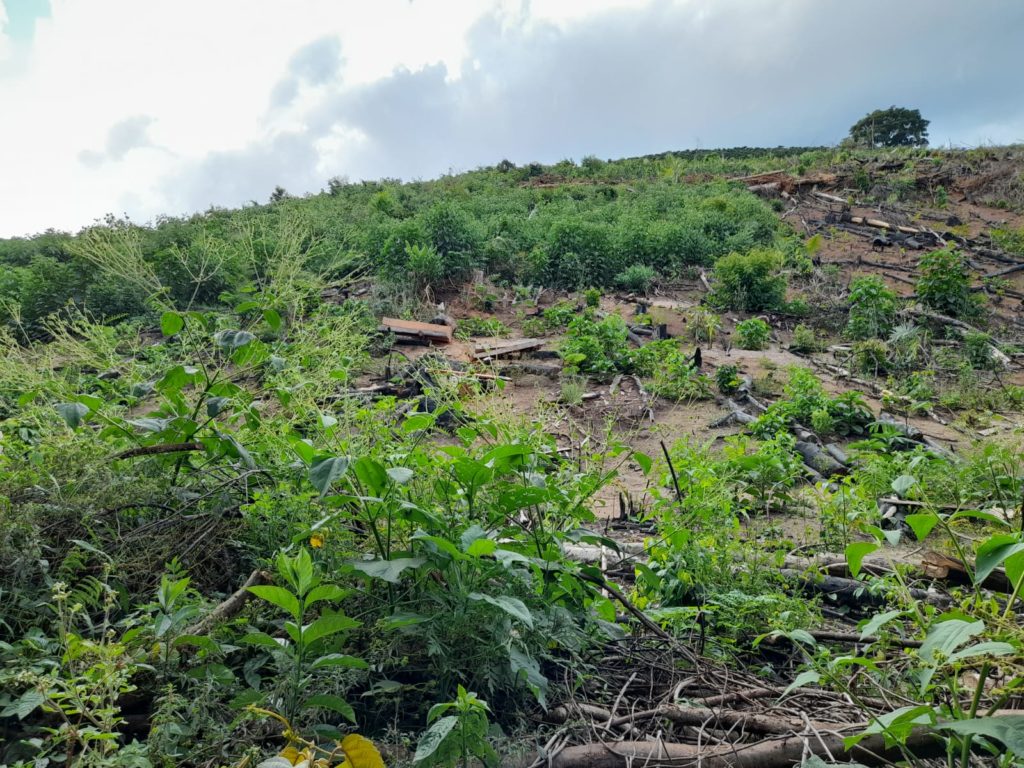
Yellow fever also poses a deadly threat to this species and in recent years, several seasonal outbreaks of this mosquito-transmitted disease have hit populations hard — accelerating local declines.
Yet perhaps the most insidious threat that the buffy-tufted marmoset faces is from hybridisation with some of its close relatives.
The common marmoset (Callithrix jacchus) and the black tufted marmoset (Callithrix pencillata) were originally natives of the distant Caatinga dry forests of the North-East and Cerrado savannas of Central Brazil. They became established as invasive species in the South of the country due to the illegal pet trade. Wild-caught non-native marmosets were trafficked to major Southern cities such as Sao Paulo, Rio de Janeiro, and Belo Horizonte where they were sold to the general public as pets and escaped or were intentionally released soon after into the wild.
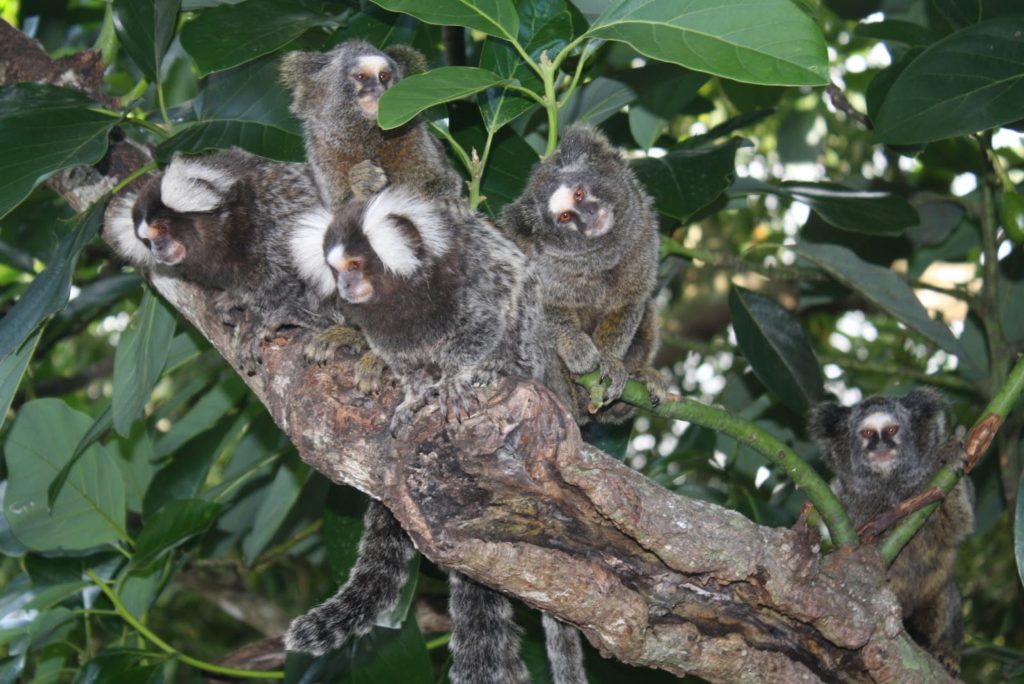
Urban sprawl surrounding the Atlantic rainforest not only permitted the invaders to thrive and experience a population boom but facilitated their expansion into forest fragments already occupied by the buffy-tufted marmoset — which they outnumbered, outcompeted, and bred with, producing fertile hybrid offspring.
Hybridisation between invasive species and the buffy-tufted marmoset continues today across the entirety of its range and threatens the extinction of the species through a phenomenon known to conservation biologists as genetic swamping – a phenomenon that occurs when uncontrolled gene flow from hybridisation with a closely related common or invasive species threatens a rare species with eventual genetic extinction.
Saving the Mountain Marmoset
In response to the rapid decline of the buffy-tufted marmoset, the Mountain Marmoset Conservation Programme (MMCP) was founded in 2017 as a collaborative partnership assembled to develop a plan of action for its conservation.
The MMCP team comprises individuals from many different professions and walks of life including biologists, veterinarians, researchers, students, environmental educators, zoos, and other institutions all of whom are committed to working to safeguard the future of the buffy-tufted marmoset and the equally threatened buffy-headed marmoset.
Current efforts by the conservation program include the development of a national species action plan, mapping the distribution of the buffy-tufted marmoset and researching the ecology of wild populations, studying and mitigating the spread of invasive species, and environmental education with local urban and rural communities.
Another key objective of the MMCP is to build an ex-situ (captive) population of the buffy-tufted marmoset in both Brazilian zoos and the programme’s official captive breeding center at the University of Vicosa in the state of Minas Gerais — providing a crucial insurance population should the worst occur with the species in the wild.
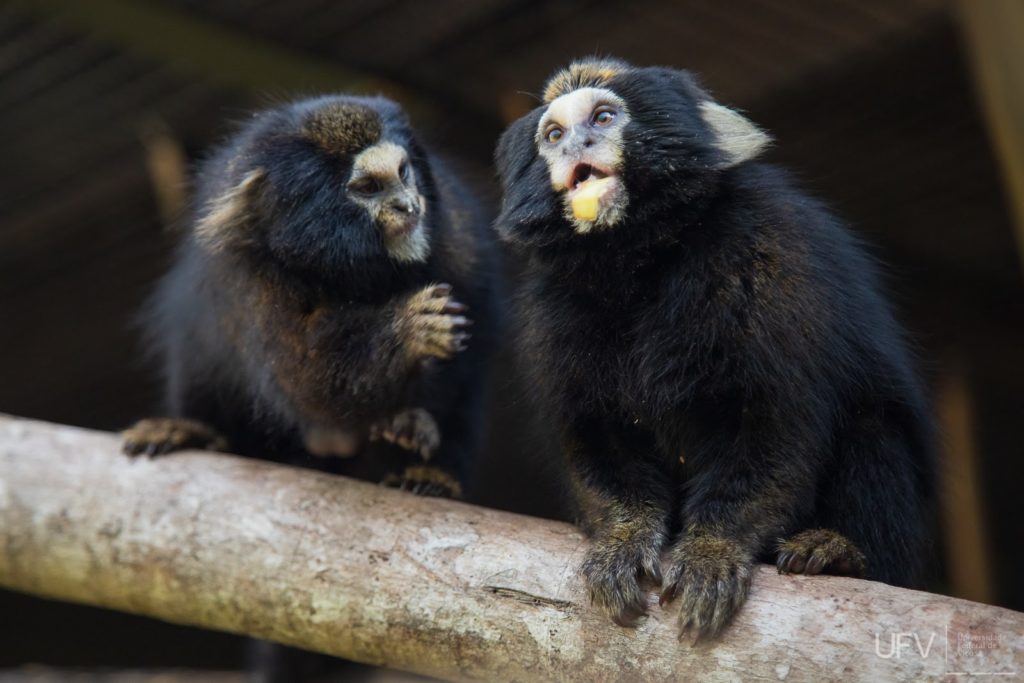
Discover more about the Mountain Marmoset Conservation Program’s work and how you can help support with the efforts to save these endangered primates from extinction.
This story is written by James Hall, a volunteer research coordinator at MMCP.
Featured image by: Orlando Vital








